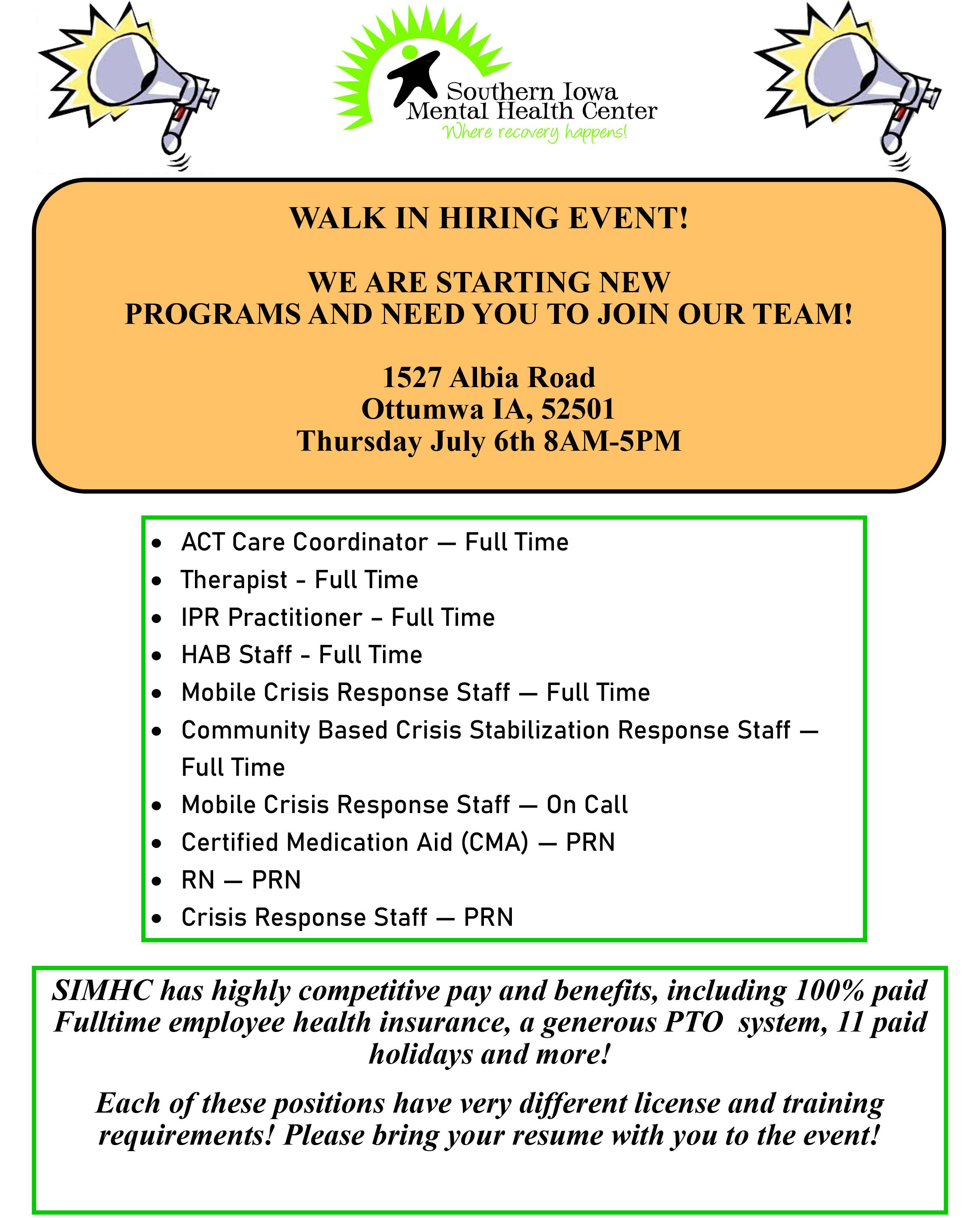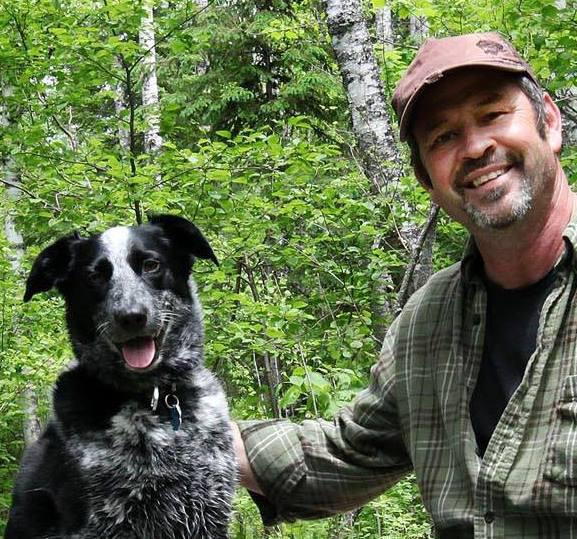






Weather Sensitivity
With the millions of dollars of equipment used by various entities, both private and public, one would think weather predictions would be more accurate. I have found a system with a much higher accuracy rate than all the professional weather forecasts. All a person needs to do is look around at the wildlife and livestock.




Female deer will go to their fawns and stay with them during a storm. In the mornings, while sitting on porch drinking a cup of coffee, I can watch the does as they come and go. Most mornings, they will go to their fawns, let them nurse, and move away, leaving the fawn to spend the day alone. If a storm is approaching, they will go to their fawn, nurse, and bed down with them to shelter the babies from the weather.
Cows are another good predictor of weather. On a normal day, a herd of cattle will
be spread out, eating or laying around being lazy. When a storm is approaching, they will gather in a tight group. They will even predict the direction of the approaching weather front. The whole herd will be facing away from the storm. A couple of days ago, the weather app on my computer informed me that rain would begin at 9:27 A.M.
I thought that was rather precise and I doubted it would happen. A short time later, I needed to leave the house. As I passed the neighbor’s place, I noticed his cows were spread over a large area, grazing peacefully. Looking at the clock on my dashboard, I noticed it was 9:27. I did not think it was going to rain and the cows knew no rain was coming. The most accurate weather predictor we have is Billie, the dog. I think he can feel the changes in barometric pressure long before a storm hits. A few hours before a thunderstorm in the summer or blizzard in the winter, he becomes uneasy, pacing around the house. As a storm approaches, he will seek shelter, usually in the walk-in shower. He usually tries to get my wife and me to join him. I am not sure if this is for our protection, or he feels he would be safer with us in the shower with him.
Needless to say, we do not all go stand around in the shower during storms. During more intense storms that are accompanied by high winds, thunder, and lightning, he will go to my office in the basement. There he can look out of the windows and watch the storm while being snug on the couch. If the storm gets even worse with hail and high winds, he will do his best to get us to join him in the storage room in the basement. When storms become this intense, he is usually successful at getting my wife to join him. She hates severe weather as much as the dog. For the people whose job it is to tell us what the weather is going to be, I have a few suggestions. The first would be to get a window. If they were to look out of their window and see that it is sunny and clear, do not tell me it is going to rain at 9:27. I have a window and know they are wrong. It is 9:27 and not raining. Secondly, rather than buying millions of dollars’ worth of electronics, buy a herd of cows to put outside of the aforementioned window. Lastly, get a good dog. They will let a person know when and how severe a storm will be. They will also comfort a person if they choose to go hide in the shower with them.
































4 Tips for Combining Finances with Your Partner
If you’re in a long-term committed relationship, you may contemplate combining finances with your partner. Maybe you’re getting married, moving in together – or both. Or perhaps you already share expenses like rent, groceries, and utility bills – and life would be easier if you pooled your money together to cover such expenses.
Whatever the situation, combining finances comes with many considerations and complexities. As with most things related to money, it helps to have a plan. Here are a few pointers to keep in mind:
1. Communicate early and often. When it comes to relationships, you’ve probably heard
the advice that communication is key. This adage holds true when combining finances, as well. In addition to sharing information about your cash, investments and other assets, be transparent about any existing debt you and your partner hold –whether from college loans, credit cards or other liabilities. You owe it to each other to be upfront about the mix of assets and obligations you’re bringing into the relationship.
Next, discuss your spending habits, goals, and feelings about your current financial situation and aspirations for the future. Even if you and your partner agree on most things, you may find that you have clashing views on money, particularly if one partner earns more money than the other, or if your upbringings were markedly different. Getting all of this out in the open early can help you manage your differences and work better as a team.
2. Choose your insurance coverage. Insurance policies can provide a layer of protection over your finances and may help you feel more confident about your ability to handle unexpected events. Make it a priority to review your individual life, disability, health, car, and home
insurance policies before deciding what coverage you would like as a couple. If either of you receive benefits through an employer, pay attention to the qualifying events and dates for when you can change your elections.
3. Update your beneficiaries and will. Thinking about what happens if one of you passes away may not be romantic, but it is an important step to protecting your loved ones financially. Discuss with your partner how you’d like assets to be divided and consider formalizing your wishes in a will. Also, update beneficiaries on your financial accounts (e.g., checking, saving and retirement accounts) and assets if necessary. This is especially important if you were previously married and have your former spouse listed as a beneficiary. In the same vein, if you want your partner to share ownership in any vehicle or property you own, update the titles accordingly.
4. Set goals together. Now that you’re earning, spending and saving to support your life together, why not formalize the dreams you share for your future? Set aside time to discuss your short- and long-term goals, such as buying a house, pursuing higher education
or retiring early. Bringing in the expertise of an experienced financial advisor can help pave the way as you work to achieve your biggest priorities – together.
Duane J Lusson, CFP, ChFC, CLU, MSFS, is a Private Wealth Advisor with Ameriprise Financial Services, Inc. in Ottumwa, Iowa. He specializes in fee-based financial planning and asset management strategies and has been in practice for 30 years. To contact him, call 641-684-4200 or stop by his office at 527 W. Second in Ottumwa, Iowa.

Ameriprise Financial cannot guarantee future financial results
Ameriprise Financial, Inc. and its affiliates do not offer tax or legal advice. Consumers should consult with their tax advisor or attorney regarding their specific situation.
Investment advisory products and services are made available through Ameriprise Financial Services, LLC, a registered investment adviser.
Investment products are not insured by the FDIC, NCUA or any federal agency, are not deposits or obligations of, or guaranteed by any financial institution, and involve investment risks including possible loss of principal and fluctuation in value.
Ameriprise Financial Services, LLC. Member FINRA and SIPC.

© 2023 Ameriprise Financial, Inc. All rights reserved. File # 5680355


When I think of July fourth, several things come to mind; first and foremost is Independence Day. I can only imagine the courage it took to sign a document telling the king your intention to separate from his rule. I’ll bet it was a tense day for everyone in the palace when King George III received that dear John letter.
Five men drafted the document: Thomas Jefferson, John Adams, Robert Livingston, Roger Sherman, and Benjamin Franklin. Although, I have no idea how Ben Franklin found time to help write our nation’s most important document. Ben was a busy man. In addition to helping draft the declaration, Ben was an inventor.
As a boy, he invented swim fins (flippers). Ben created the double spectacles (bifocals) in his older years and the Franklin stove. Although the automobile didn’t come into being until the late 1800s, Franklin invented the odometer over one hundred years before.


He used this invention to measure distances while establishing the national post service (United States Post Office). The number of Ben Franklin’s inventions is shocking.
Speaking of shocking, I would be remiss if I didn’t mention Ben Franklin’s famous kite-flying experiment in 1752. During a thunderstorm, Franklin flew a kite with a metal key tied to the string into the lightning. He was attempting to capture elec-
tricity. (Kids, don’t try this at home.) From this event, some arguably claim Ben Franklin discovered electricity. He’s lucky he wasn’t killed while doing so.
For all his wonderful inventions, Franklin never applied for a patent on any of them. He felt his inventions needed to be shared with the public to help make people’s lives better. Ben Franklin was a very giving man; his inventions were not the only thing he gave the new America.
Franklin was fond of a particular plant that was native to China. In 1770, Ben Franklin sent the first case of rhubarb and seeds to Pennsylvania. Rhubarb, much like rabbits, will multiply quickly. And just like that, rhubarb was growing throughout the northern colonies. Fortunately, just like myself, rhubarb grows better in the northern climates than in the southern heat.
I love rhubarb, especially for baking, but I prefer it blended with another fruit. Strawberry rhubarb is one of my favorite pies. Another thing I like about rhubarb is how easy it is to
freeze. Like many frozen fruits, rhubarb is available year-round in the grocer’s freezer – but homegrown is definitely superior to store-bought!
Unfortunately, the soil in my yard is not of good quality for growing rhubarb, which draws a lot of nutrients from the earth. A good source of fresh rhubarb is the local farmer’s market.
…black market…bandits…being flanked…he pulled a knife…

For the rest of this story, visit ottumwapost.com.
























